 The Institute of Space Science (ISS), Branch of INFLPR, is organising a competition for the positions of heads of laboratory.
The Institute of Space Science (ISS), Branch of INFLPR, is organising a competition for the positions of heads of laboratory.
space science
Astronomers observed a star being swallowed by its host galaxy

Astronomers used a trio of X-ray telescopes – NASA’s Chandra X-ray Observatory, Swift Gamma Ray Burst Explorer, and ESA’s XMM-Newton – to observe a tidal disruption located in the center of a galaxy about 300 million light years away from us. This makes this event, dubbed ASASSN-14li, the closest tidal disruption discovered in ten years.
Saturn’s moon, Dione, seen by the Cassini orbiter
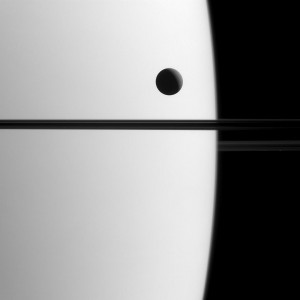
The Cassini orbiter captured a image of Dione, one of the larger moons of Saturn, as it was passing across the face of its parent planet. The phenomenon is known as a transit and is an important event in astronomy, allowing observers to investigate the transiting body’s atmosphere and orbit in greater detail.
The dark line cutting across the middle of the frame marks Saturn’s rings – these are not illuminated from this perspective, which was about 0.3° below the ring plane.
The Cassini mission begins a series of flybys of Saturn’s moon, Enceladus

Update 19.10.2015: The first images of the north pole of Saturn’s icy moon, Enceladus, provided by the Cassini mission following the 14 October 2015 flyby are available here.
The Cassini mission begins today a series of three close encounters with Saturn’s moon Enceladus with first images expected within the next days. From more than a billion kilometers away on Earth, the Cassini team is able to send the spacecraft hurtling past Saturn’s moons at closest approach distances as small as 25 kilometers to perform flybys, which are are a critical part of the Cassini mission, for both science and navigation purposes. When Cassini last approached Enceladus the north of the moon was shrouded in darkness during its winter but now that it is summer there, the Sun is shining on the high northern latitudes.
Researcher from the Institute of Space Science observes the reactivation of a black hole in our Galaxy
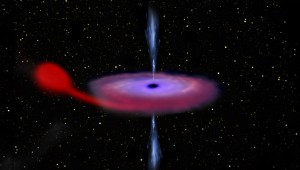
Dr. Valeriu Tudose, researcher from the Institute of Space Science (ISS), observed the binary system V404 Cygni consisting of a star and a black hole, which at the end of June has come alive after 26 years of dormancy. The black hole began to violently devouring its companion star, causing one of the brightest objects in the sky. The radio observations were taken within the JACPOT collaboration.
Romania became member state of the European Organisation for Nuclear Research – CERN

On 18 June 2015, during the 176th Session of the CERN Council, Romania was unanimously accepted as a full member of the European Organisation for Nuclear Research – CERN. This event comes as a natural consequence of the candidate status that Romania had since December 2008, and as a recognition of the contributions and performances of the Romanian researchers involved in the scientific experiments conducted at CERN. The next step in Romania’s accession to CERN is the ratification of the Resolution in Parliament.
The first collisions at the record-breaking energy of 13 TeV took place at CERN

News from CERN: the beams of protons circulating in the LHC (Large Hadron Collider) collided for the first time at the record-breaking energy of 13 teraelectronvolts (TeV) during the night between 20-21 May.
Last month proton beams were back in the accelerator for the first time after two years of intense maintenance and consolidation of the World’s largest particle collider, LHC. The first beam at the record energy of 6.5 TeVcirculated on 10 April, and the first collisions – at the lower beam energy of 450 gigaelectronvolts (GeV) – followed.
Starwalker Seminars – 3rd Edition: „Markov Chains. Applications to cognitive processes embedded in Human Performance”, 28 April 2015
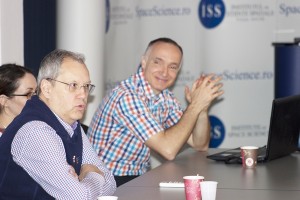 On 28 April 2015 the scientific conference on „Markov Chains. Applications to cognitive processes embedded in Human Performance” took place at the Institute of Space Science (ISS), within the General Starwalker Seminar. The conference was held by Prof. Dr. Alexandru Agapie, professor of mathematics at the Academy of Economic Studies in Bucharest and collaborator of the Space Technologies Competence Centre for Human Spaceflight Support – Starwalker.
On 28 April 2015 the scientific conference on „Markov Chains. Applications to cognitive processes embedded in Human Performance” took place at the Institute of Space Science (ISS), within the General Starwalker Seminar. The conference was held by Prof. Dr. Alexandru Agapie, professor of mathematics at the Academy of Economic Studies in Bucharest and collaborator of the Space Technologies Competence Centre for Human Spaceflight Support – Starwalker.
„Scoala Altfel” at the Institute of Space Science
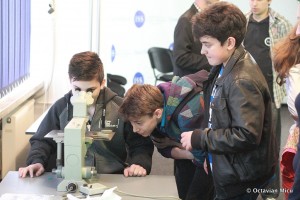
The Institute of Space Science from Magurele opens its doors this year too for the 2015 edition of the „Scoala Altfel” program during the week between 6-10 April, which will be dedicated to educational extracurricular and nonacademic activities. The activities will be held at the Tower building of the Institute of Atomic Physics (IFA), Atomistilor Street 407.
During this period the courses won’t be held according to the usual program of the educational institutions and the event will be held in accordance with a particular schedule.
Researcher of the Institute of Space Science, awarded by the European Geosciences Union
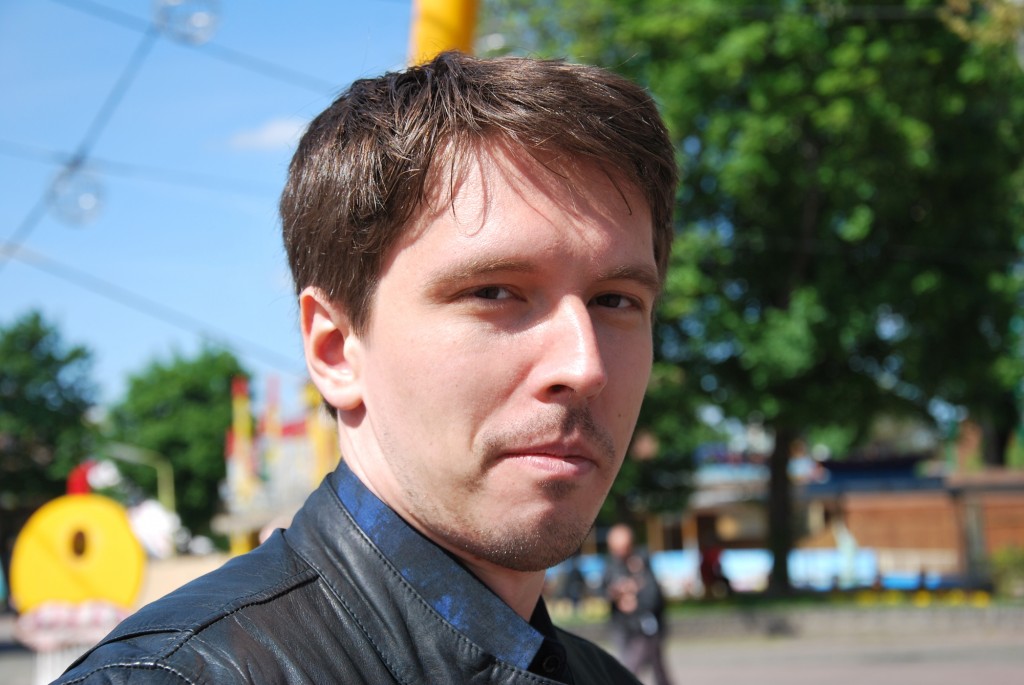
Catalin Negrea, researcher of the Institute of Space Science (ISS) within the Laboratory of Space Plasma and Magnetometry won the award for the best poster presented by a student (Outstanding Student Poster – OSP) following the annual conference of the European Geosciences Union – EGU held in Vienna from 27 April to 2 May 2014.
